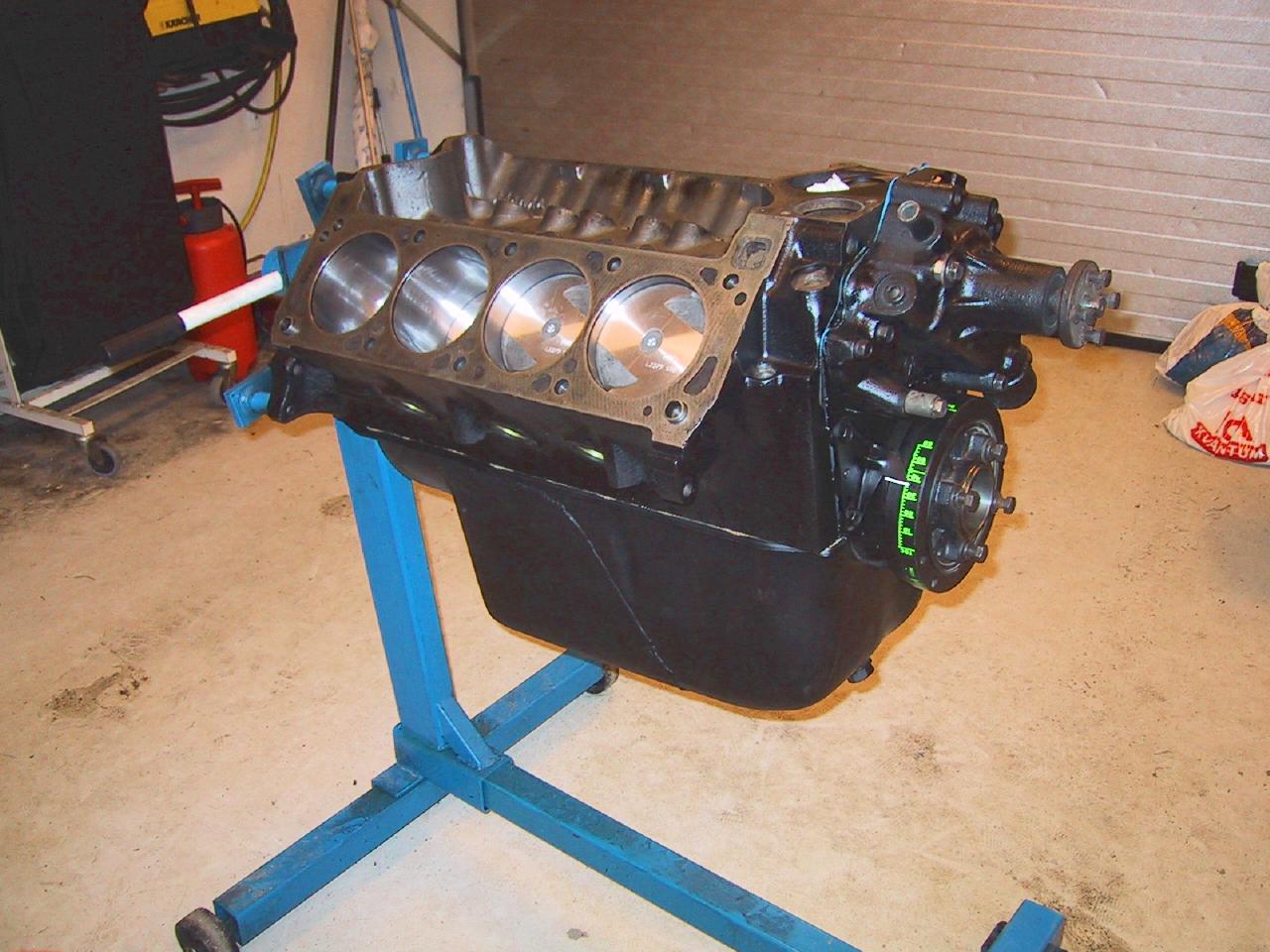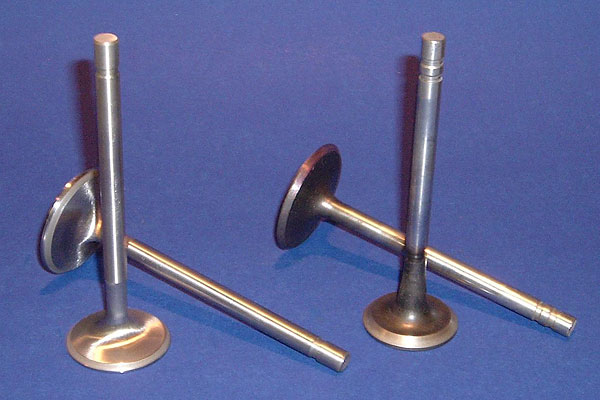Got myself introduced to the new Teach and away i went.
I paired up and picked out an engine, we were told to disassemble a 4 cylinder mazda engine. it wasnt too bad, more commen sense really, unbolt the corresponding bolts to the part that needed to come off, like the Cylinder head for example (that came off aswell) onthe the head came off we had to decide between each other Who's doing what, i chose the engine block to disassemble while my partner got the cylinder head.
i had to take out the pistons first then take out the crankshaft, funny enough those were pretty much all i had to remove from the block other than the water and oil pumps, hehe. the other bits was just a cambelt tensioner and cam gears.
afterwards came the semi-boring to boring part...Measuring the parts, crankshaft journals, piston diameter, cylinder bore etc.


i re-learned how to use the micrometer for measuring and learned how to use some new measuring equipment like the dial gauge.
I still have a bit of measuring to do.
-crankshaft journels
-conrod big ends
-conrod straightness
-piston ovality
-cylinder bore ovality
-etc
After all my measuring bizzo was done (which took a very long time because precision isnt really a fast task) i was to put back together the short block again.
For the reassembly i cleaned the parts then oiled them.
i started by placing the crank bearings back into place then placed the crank into place put the caps on and torqued to spec.

i got the pistons (numbered from the cylinders they were taken out of) compressed the rings with a ring compresser tool and placed them carefully into the cylinders, minding that the cap bolts dont score the crank journels. i placed the caps back onto the pistons from numbered order and torqued to spec.


lastly for the short block i placed the oil strainer, oil sump, water and oil pumps onto the block and torqued to spec, no real challenge here, its all pretty self explained.

Note: i did not have a camera for my own pictures of my work but ive placed pictures relating to what i have done.












